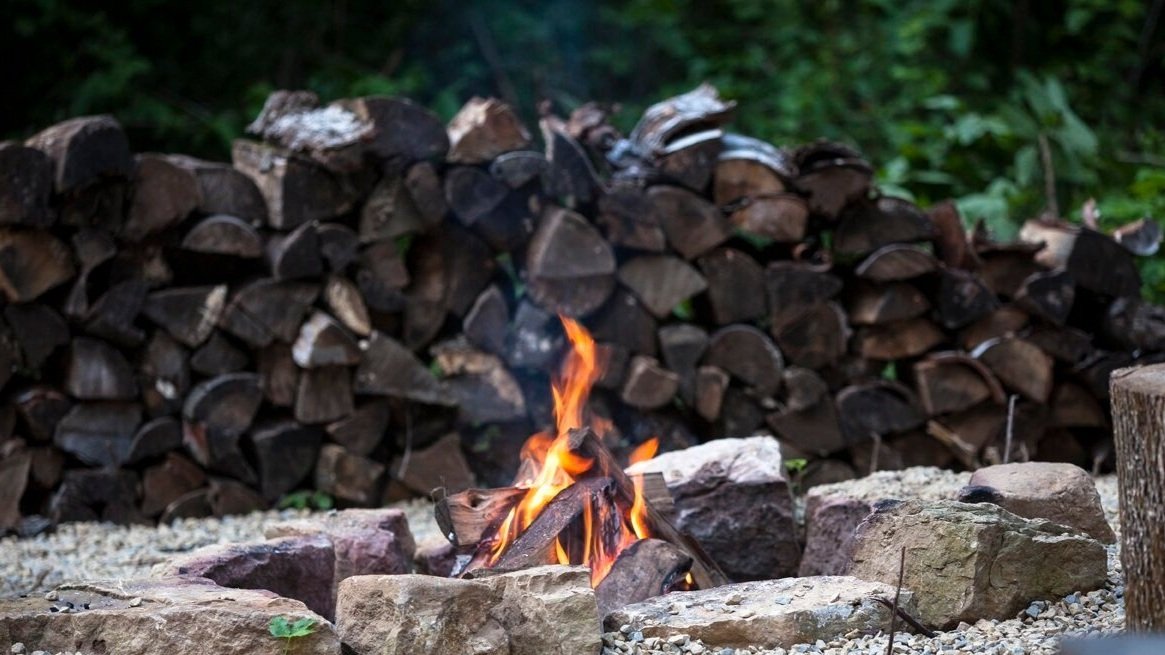
VOICES
DOJO BLOG
Seemingly a roughly constructed place for bathing, its impact goes far beyond that — It embodies how the things we build reinforce how we teach.
Whether you realize it or not, coherence is a natural result of our practices, both within our individual body-mind systems, and collectively as a community.
What sustains training isn’t just the teachings, or the schedule, or even the ability to sit for long periods of time. It’s the way we show up, again and again, not just for ourselves and our community, but for the world.
At Chosei Zen, whether in-person at Daikozen-ji or online around the world, we are engaged in a kind of sharpening.
Being jiki, or stepping into any role, invites a deeper experience of our life together as practitioners. Even online, the “I” questions begin to dissolve.
I have two ways to describe the roots of Chosei Zen: “a relentless pursuit of excellence,” and “our community of support.”
Fear, anger, despair, hopelessness, helplessness: These feelings make us want to hide, to run away, and to protect ourselves from the pain we see around us. This, however, we have learned, is a downward spiral into depression and sickness. So, how do we get out?
The daily functioning of a dojo happens through the action of individuals. Someone takes out the trash. Someone opens the zoom room. Someone makes granola. There is no “they”.
A pilgrim chooses to leave home in order learn something, or find an answer, to grow, or to heal. The pilgrim leaves, to be able to return, transformed.
We are pleased to announce the completion of the Kyudo Matoba, or 'Target House,' at the Spring Green Dojo.
Zen training is 24/7, and it involves discovering any opportunities to get out of our heads and take our training more deeply into our bones.
The topic at hand is the physical training we do in Chosei Zen. But I would turn that into a question: How do you develop a refined sense of all that lives inside your skin?
Now instead of performing kata to the point of exhaustion, we blow one note each with one breath to the same extreme… Tanouye Rotashi said “to practice so that one note puts someone into samadhi”
In this video, Esteban Martinez Sensei talks about "How We Train" in Zen using meditation, physical training, and fine arts.
In striving to cut through our habits, there is a profound and transformative power to being seen and accepted for exactly what you are, by someone with the eyes to see.
One of the lesser known laws of the universe (like gravity) is that the state of no-mind can be transferred to others. We call it “transferring samadhi” but also talk in more serious terms about “giving fearlessness.”
I’m highlighting another type of tool besides your breath and posture – it gets described as “concentration,” “awareness,” or “our senses.” Usually, we give far less instruction in this area than about breath and posture, letting people discover for themselves, which can take years.
Somehow I knew that living in the world of my head wasn’t the correct way to live as a human being. No one told me that. I just knew. This led me to seek out zazen (Zen meditation) and Zen training with our school.
In a growing series of publications we are presenting edited versions of talks that Tanouye Roshi gave more than forty years ago in various settings, some of them quite informal while others are formal teisho given during sesshin.
The objective of practicing okyo is to change the way you vibrate. If you change the way you vibrate, you can change the way others and your environment vibrate as well.
The reason that repetition is the best way to master any martial art, because it will lead to perfection of desired skills, since incorrectly performing a skill wastes energy and is inefficient.
Tanouye Roshi looked at me, shook his head, and said, “You read too much.” Then, he surprised me handing me a book that he had been reading and saying, “Here, read this.”
In Xhosa, an indigenous language spoken in South Africa, the word apha means “this location”, “this place” or “being here right now”.
Together we experienced a sesshin with a 'pioneer' feel, where nature whipped, dripped and crept around and through us. It was elemental.
As I turn on the light switch, energy in the form of electricity flows to the bulb, which manifests as a bright light. The same is true for us.
The lessons are all there and available, I just have to be sensitive and present for when they come up.
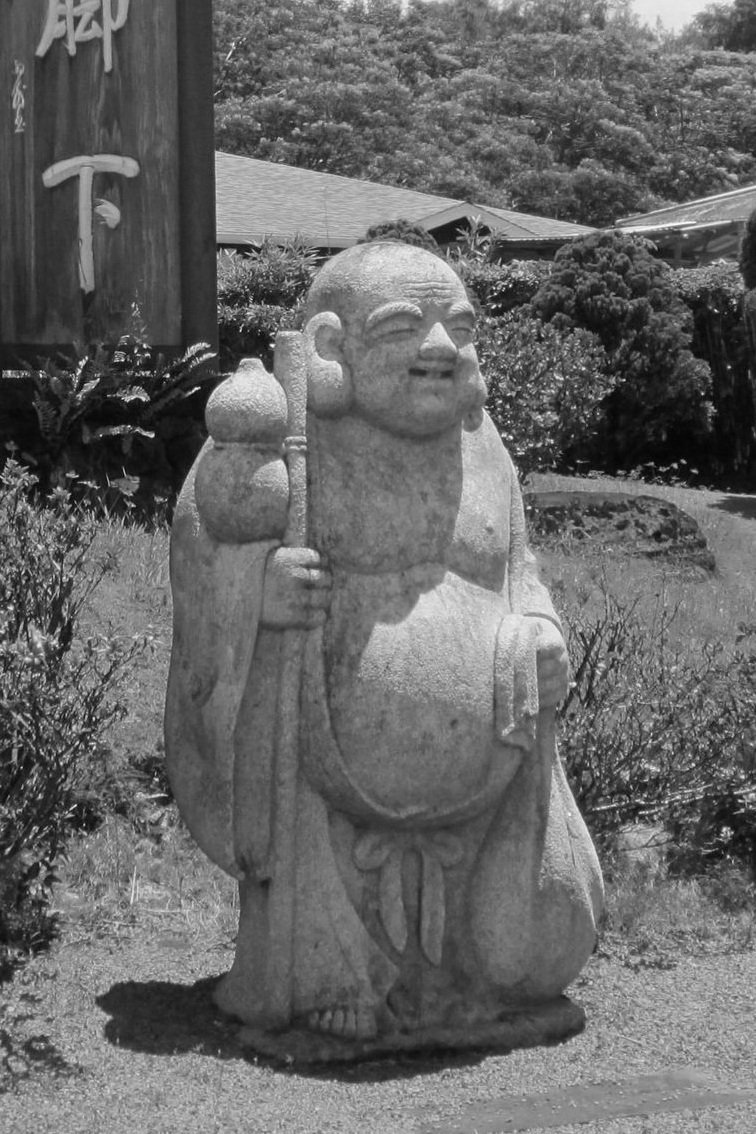
Hotei
Hara Development
Kenneth Setsuzan Kushner
Hara is critical to the Chozen-ji lineage of Rinzai Zen training. The development of hara is emphasized in all of our practices, zazen (“Zen meditation”), martial arts and fine arts. From our perspective, there is no Zen without hara.
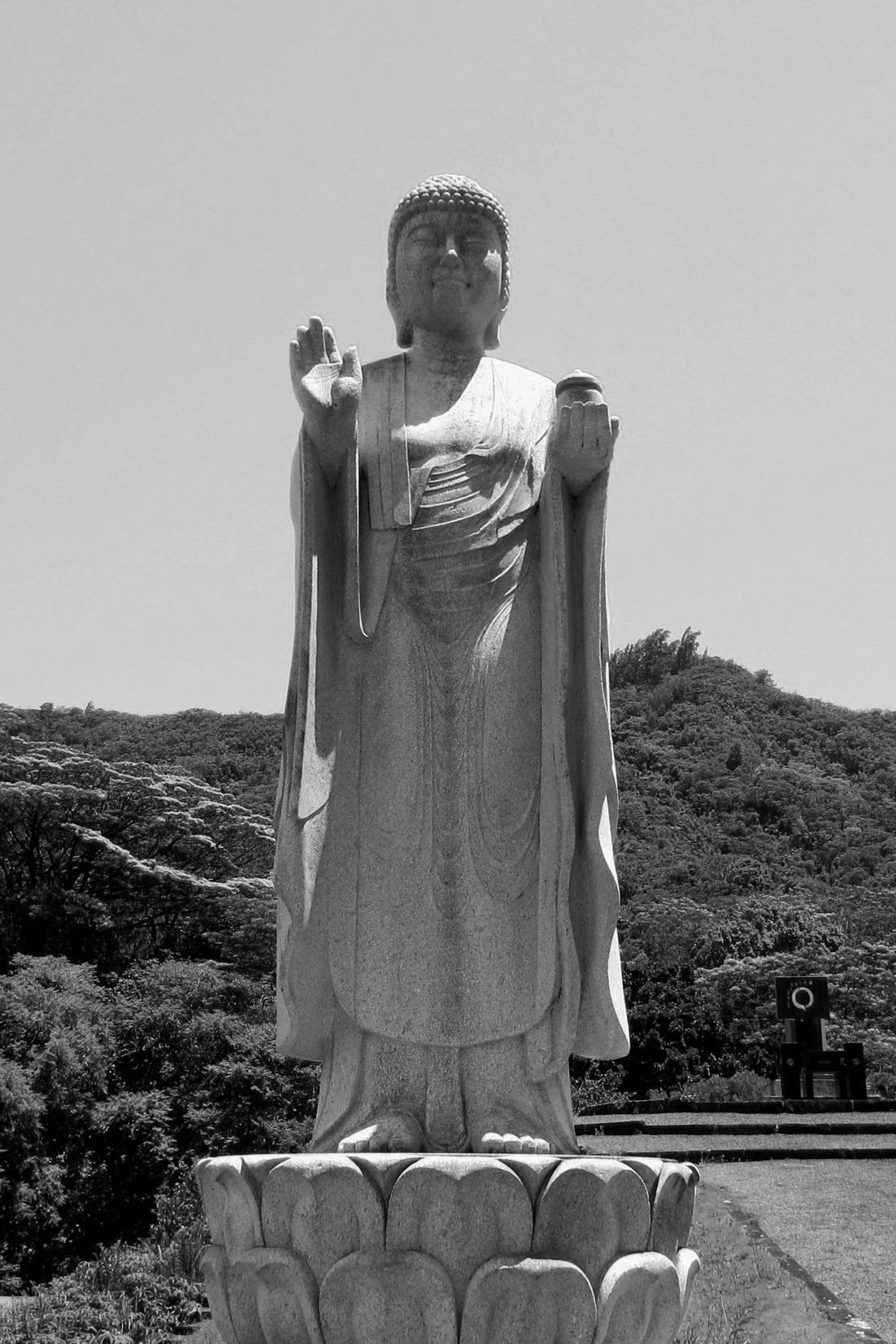
Yakushi Nyorai
Facing Suffering
Gordon Hakuun Greene
For the past twenty-five years I have been compelled to use everything I know from my Zen training to understand how we can best face the suffering of others.
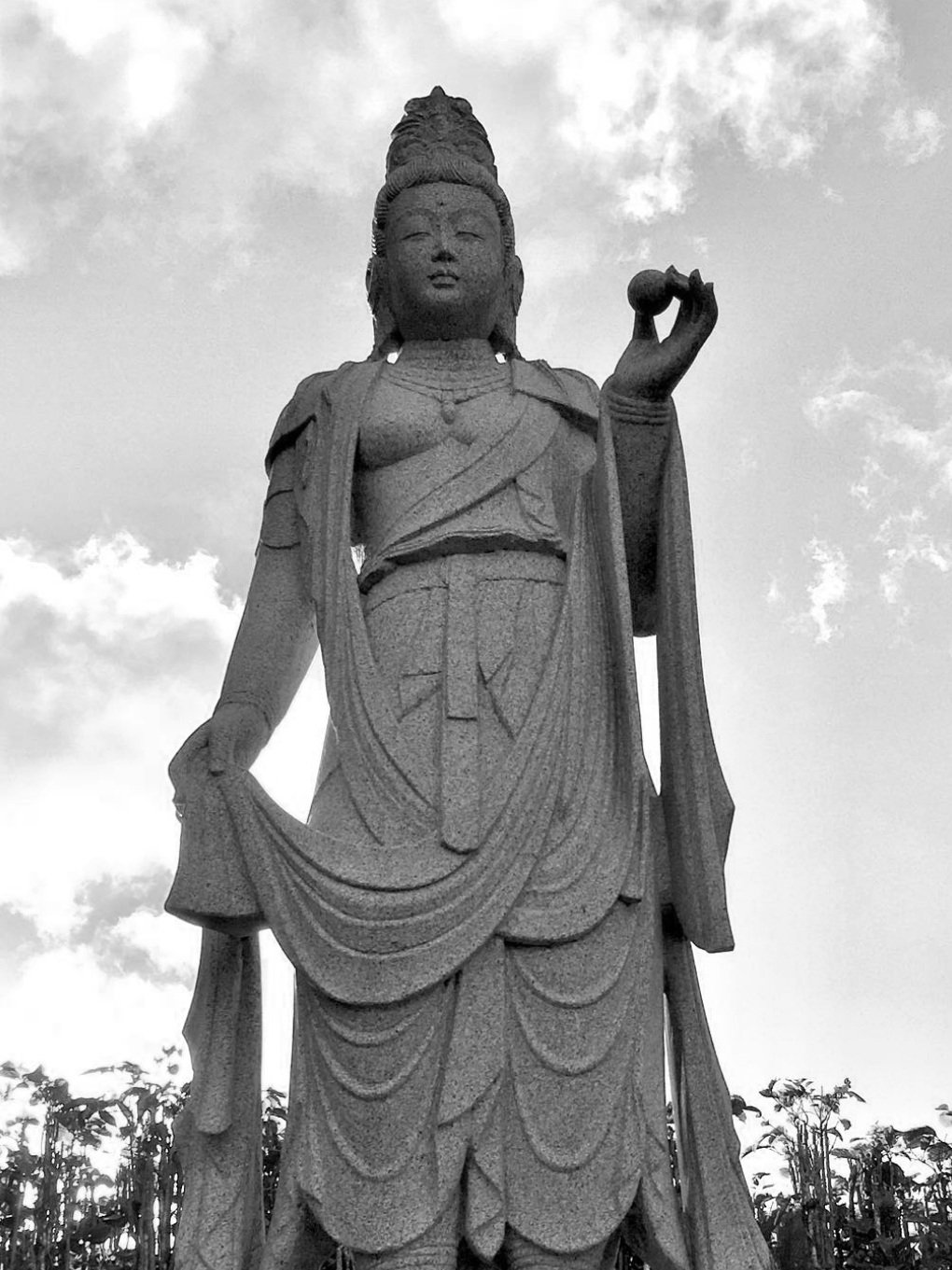
Kannon
Zen Leadership
Ginny Jiko Whitelaw
Leadership without Zen can be too transactional, extractive, and self-serving. Zen without leadership can fail to reach or heal a world where it's needed. Putting both together enables leading with power, love and the wisdom of connectedness, and infuses my writing and work.
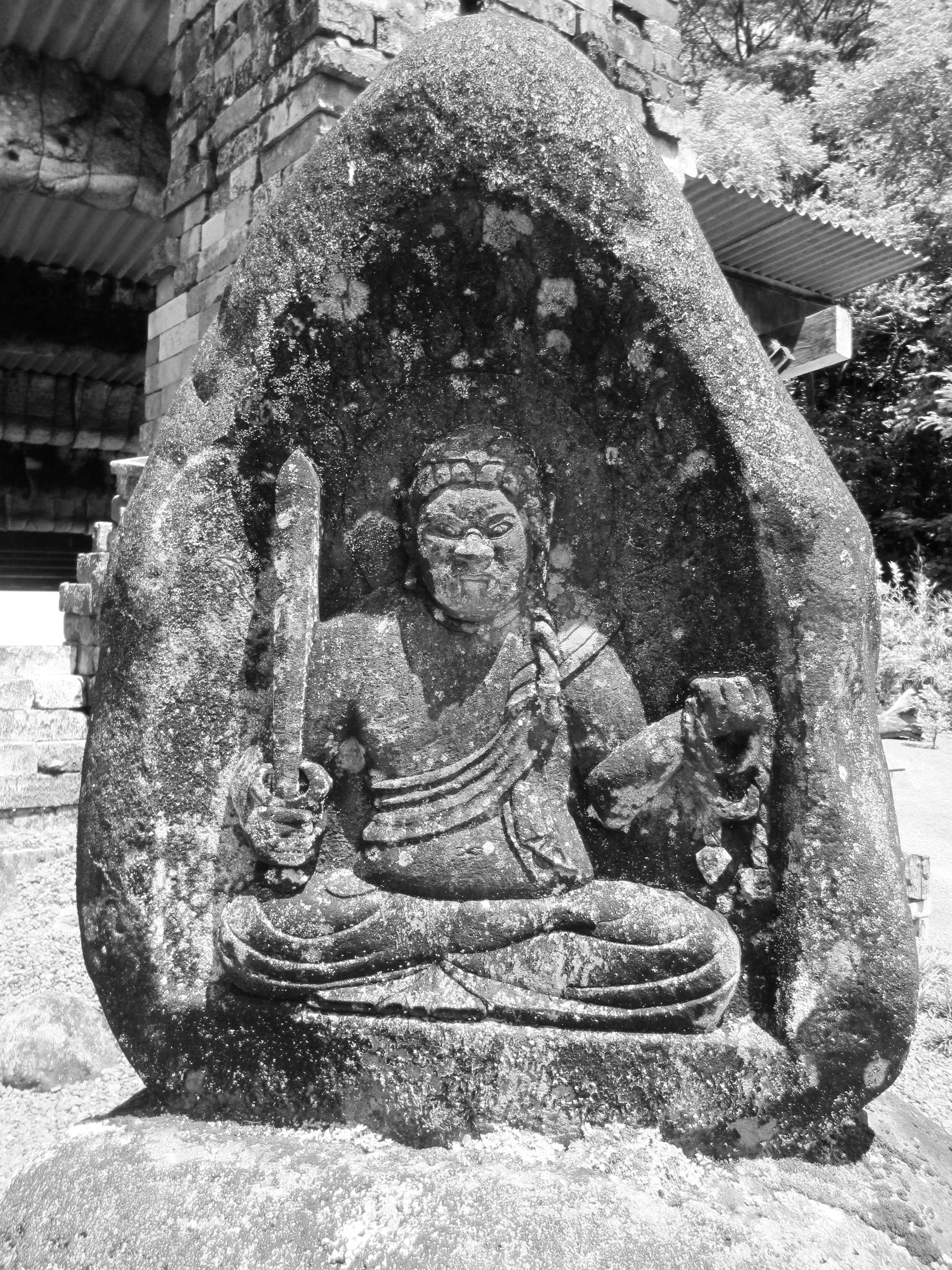
Fudo Myo-o
Mushin Zen
Heather Meikyo Scobie
Mushin can be translated as “no-mind” or “no-self.” An experience of this is that thoughts and feelings arise, but no one gets stuck. In Mushin Zen Blog, I aim to share learnings and explorations on how we can practically access mushin, right now, wherever we are.


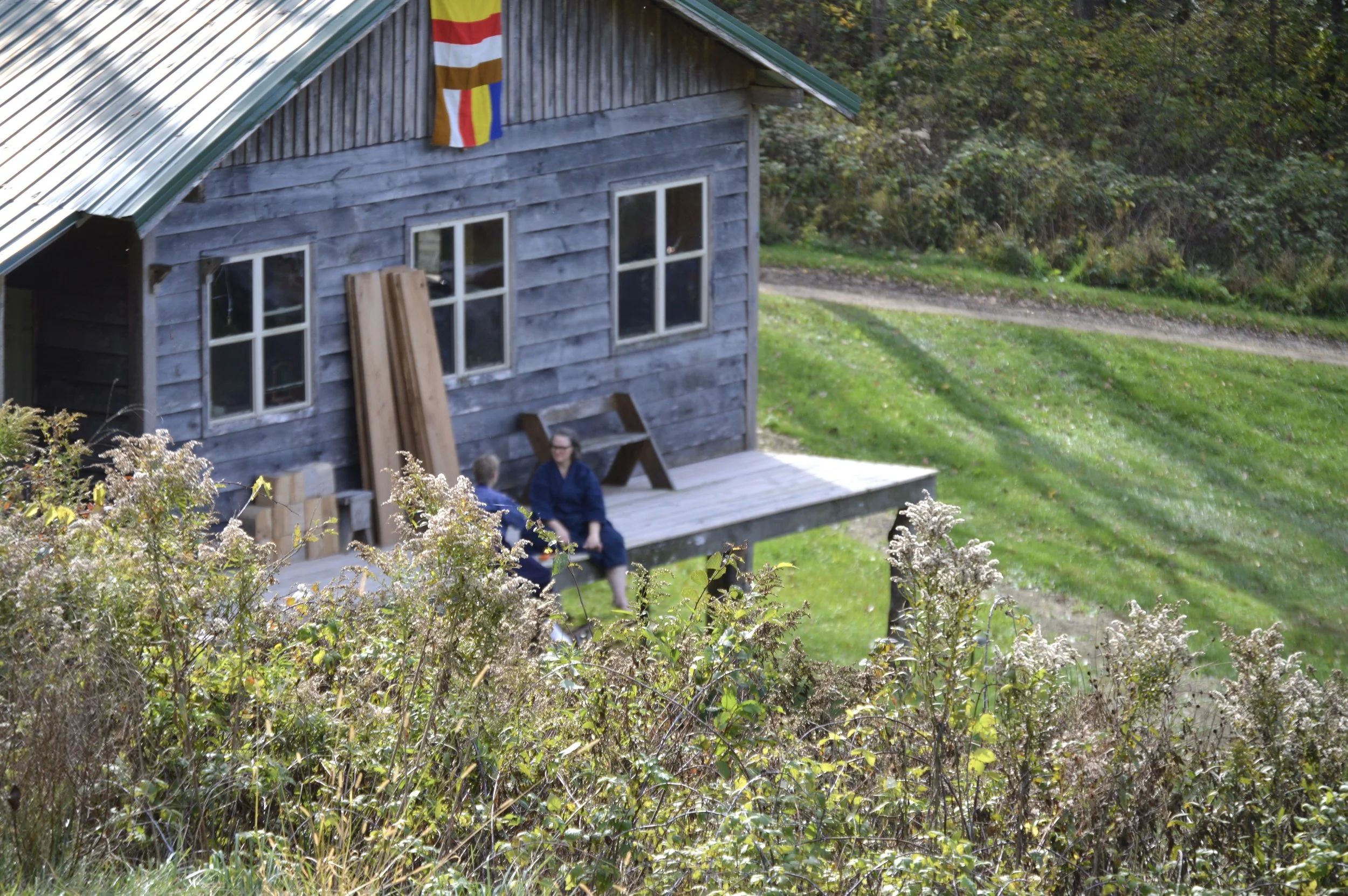








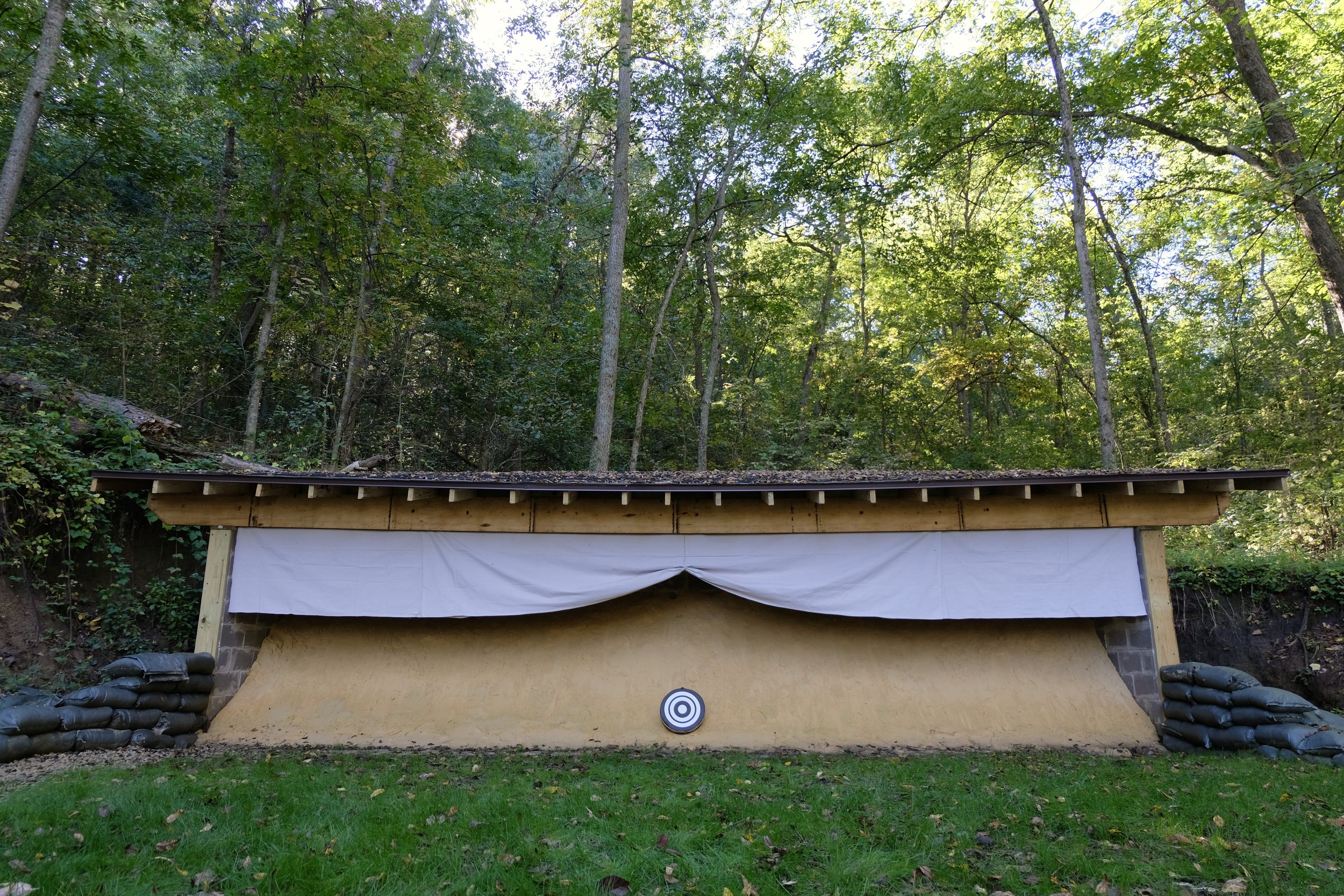

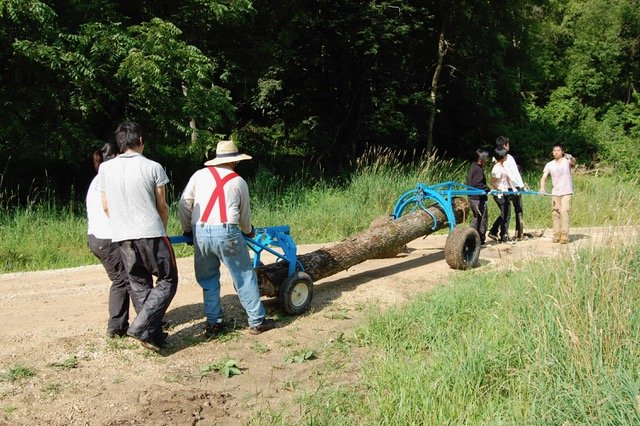

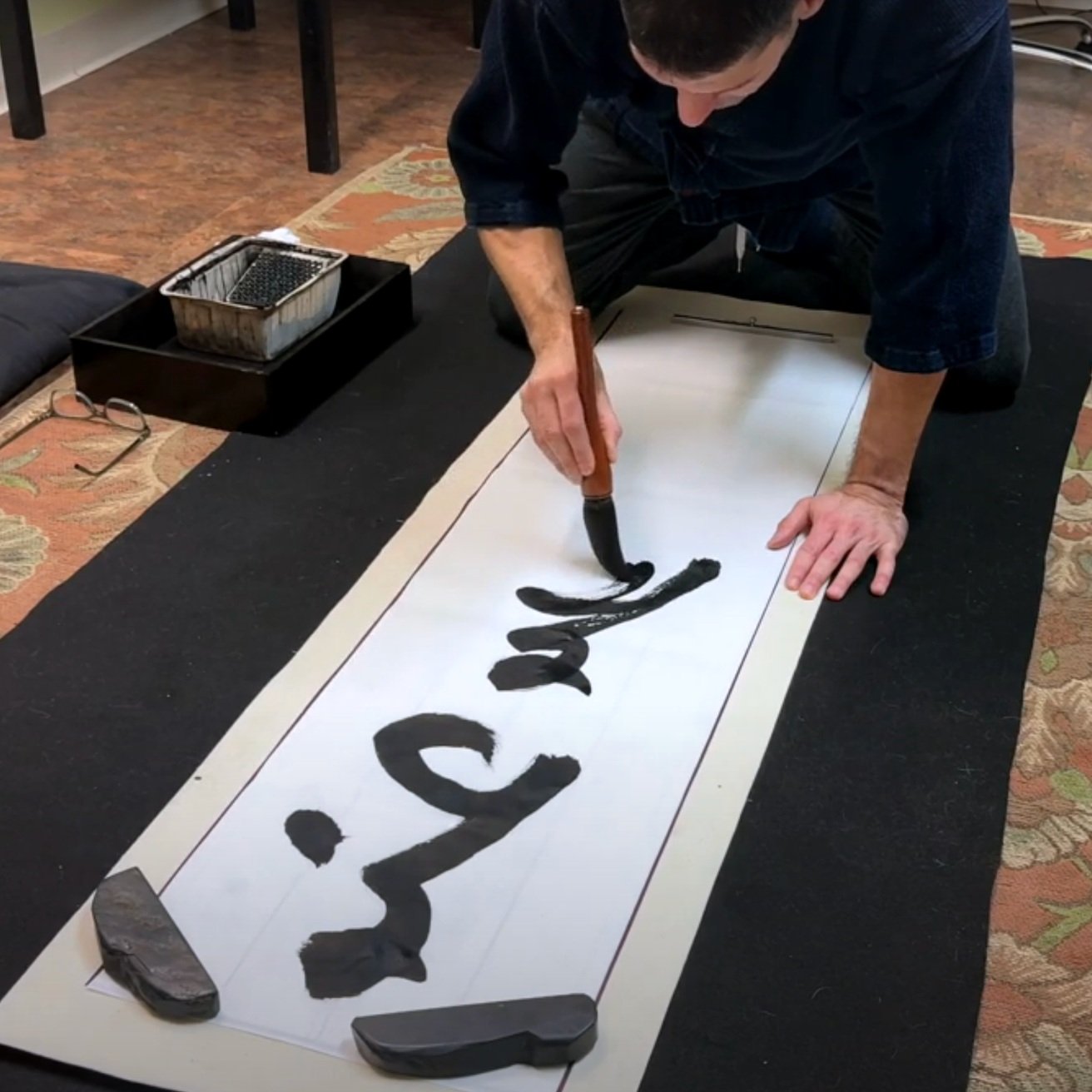
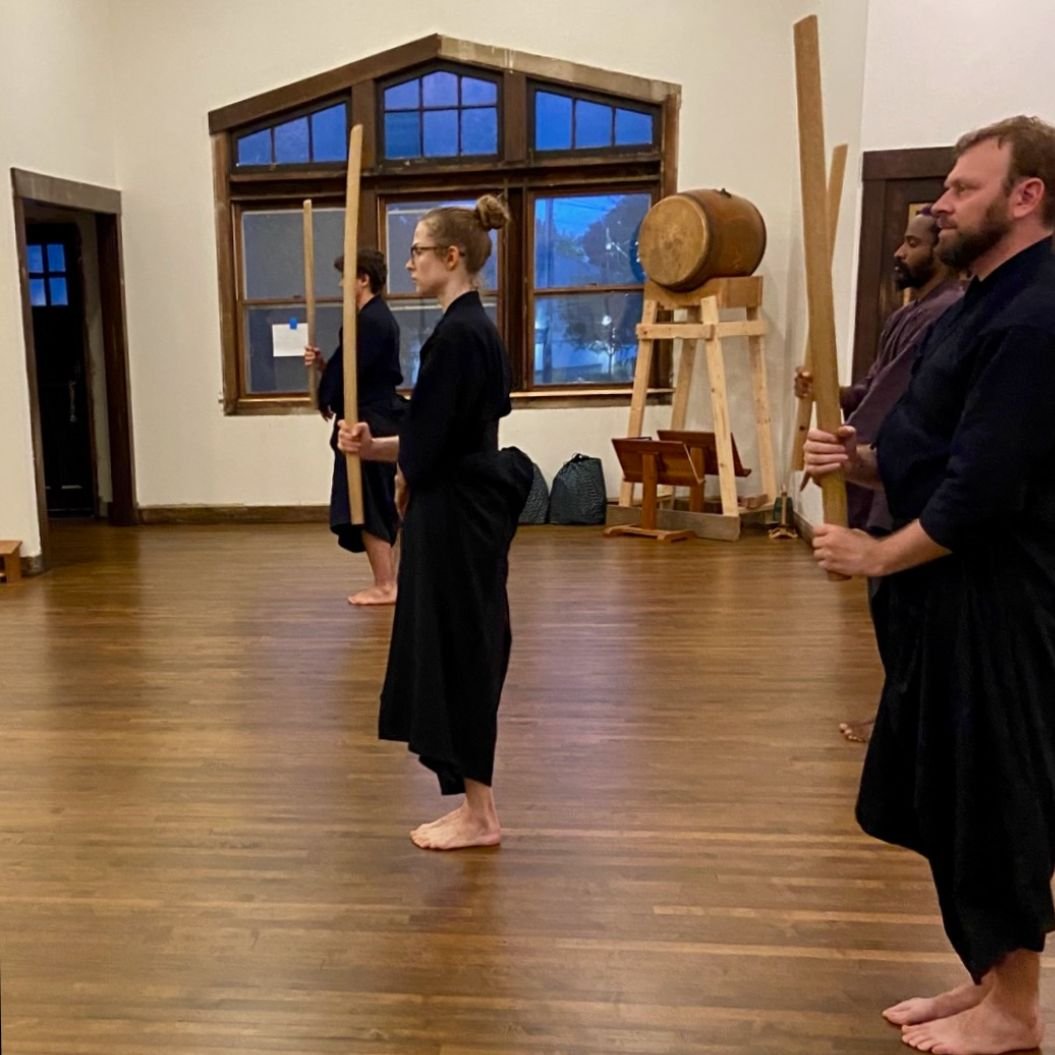
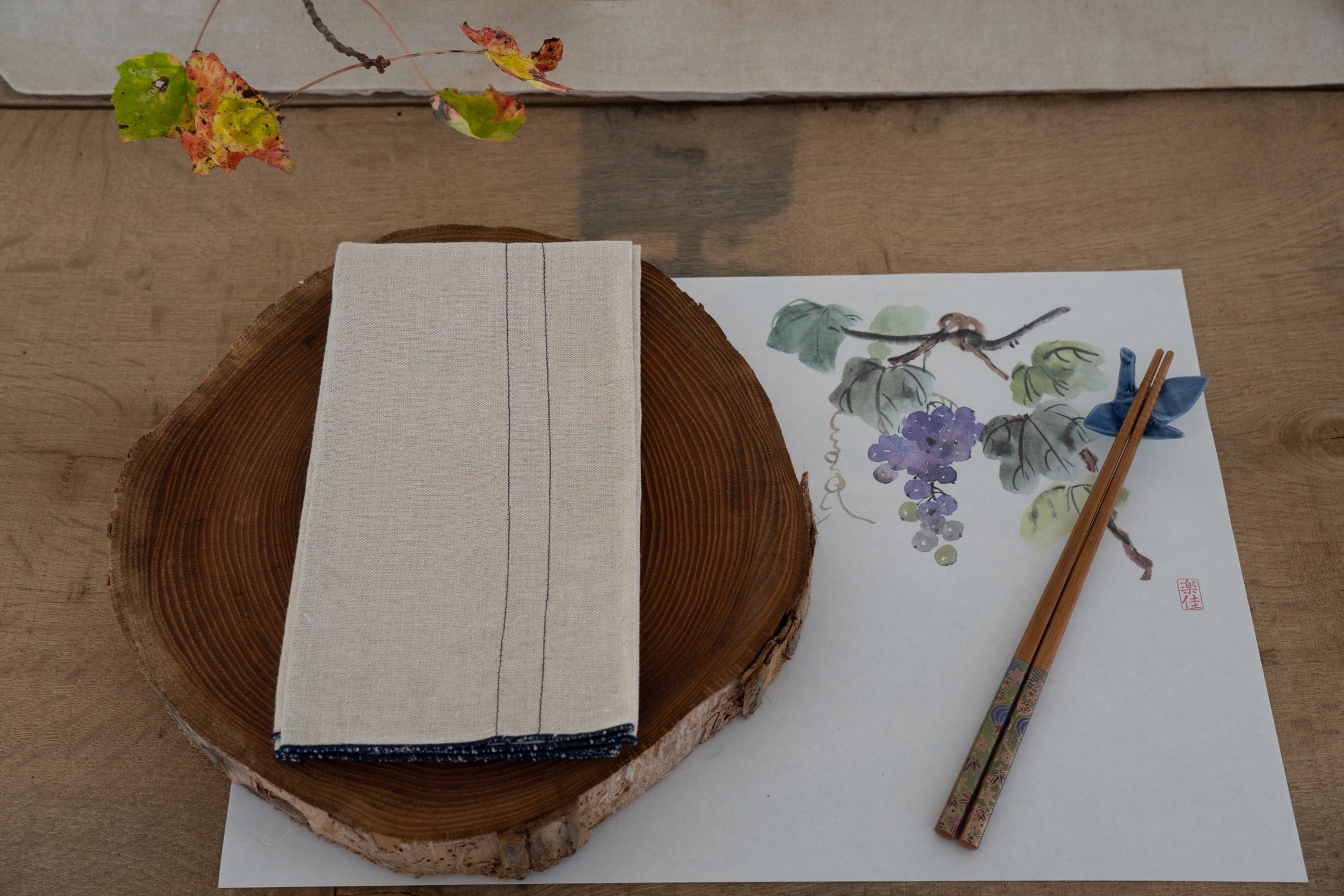




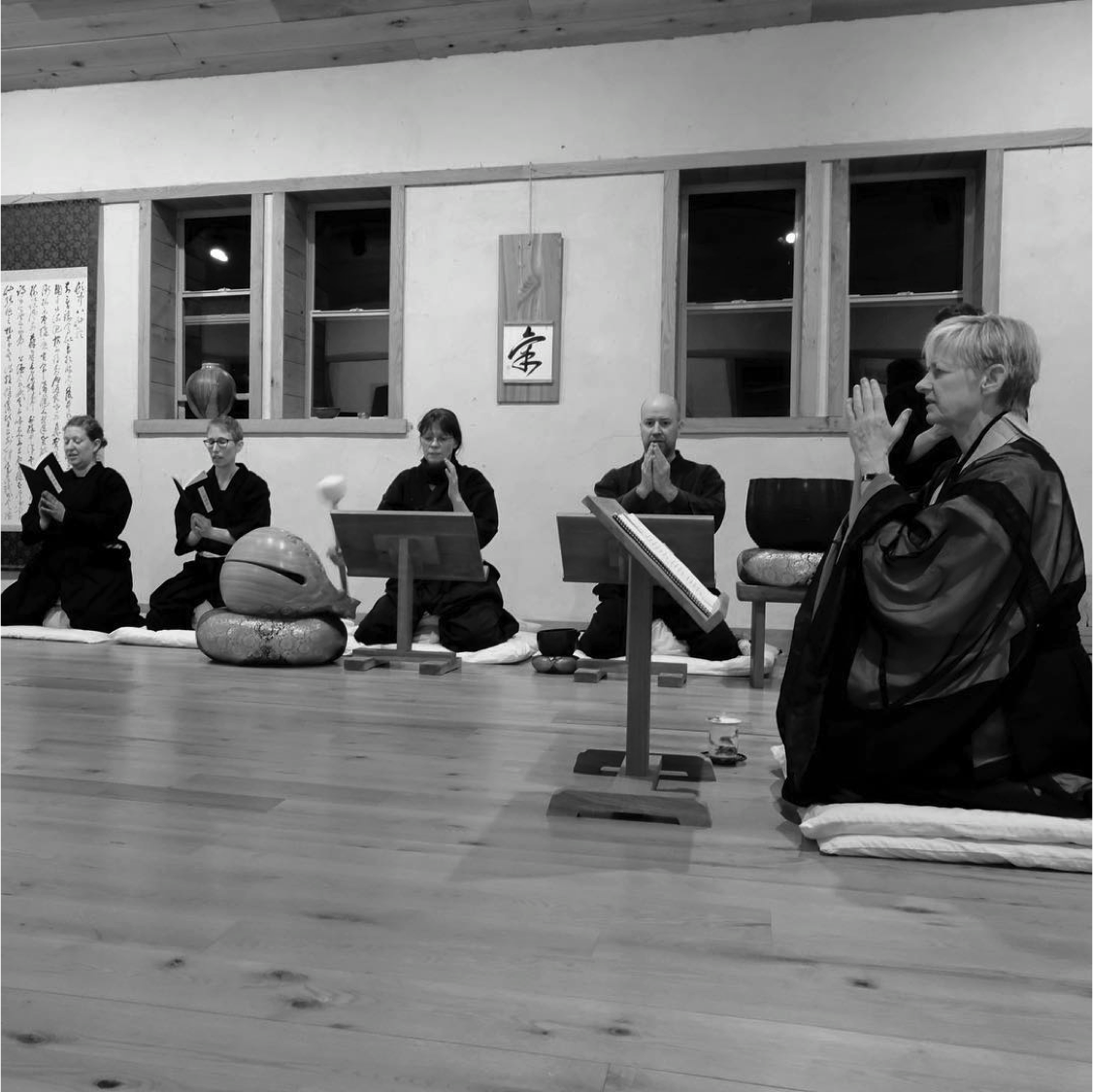

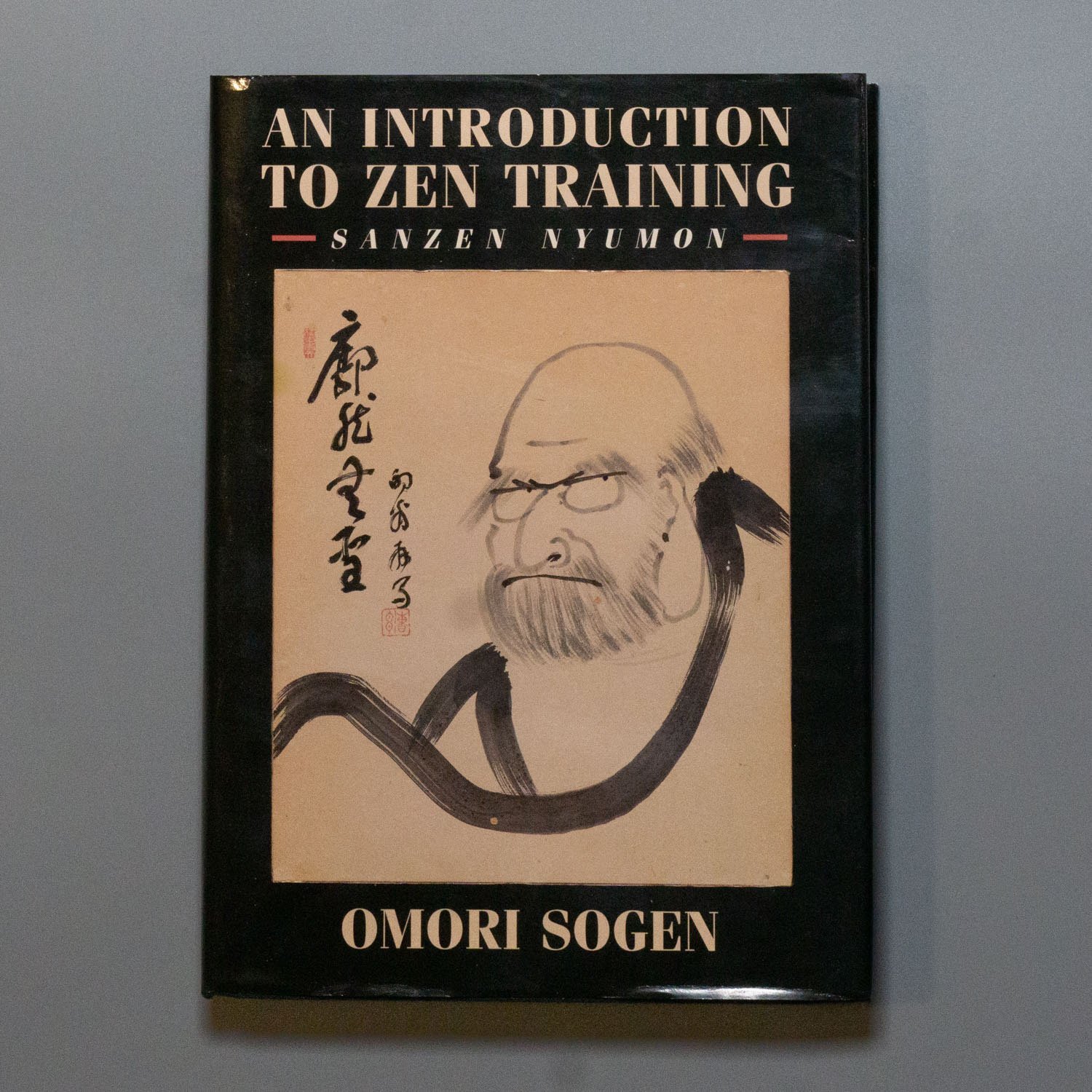
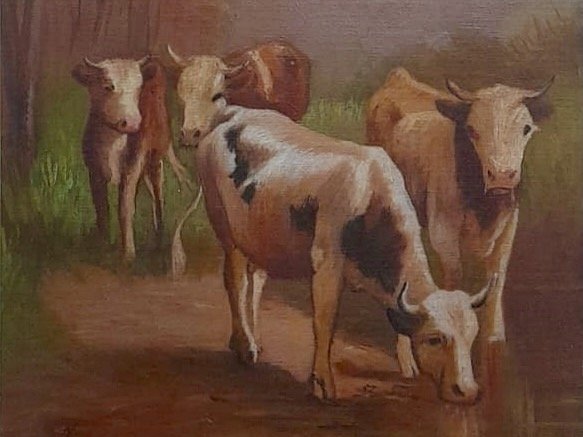
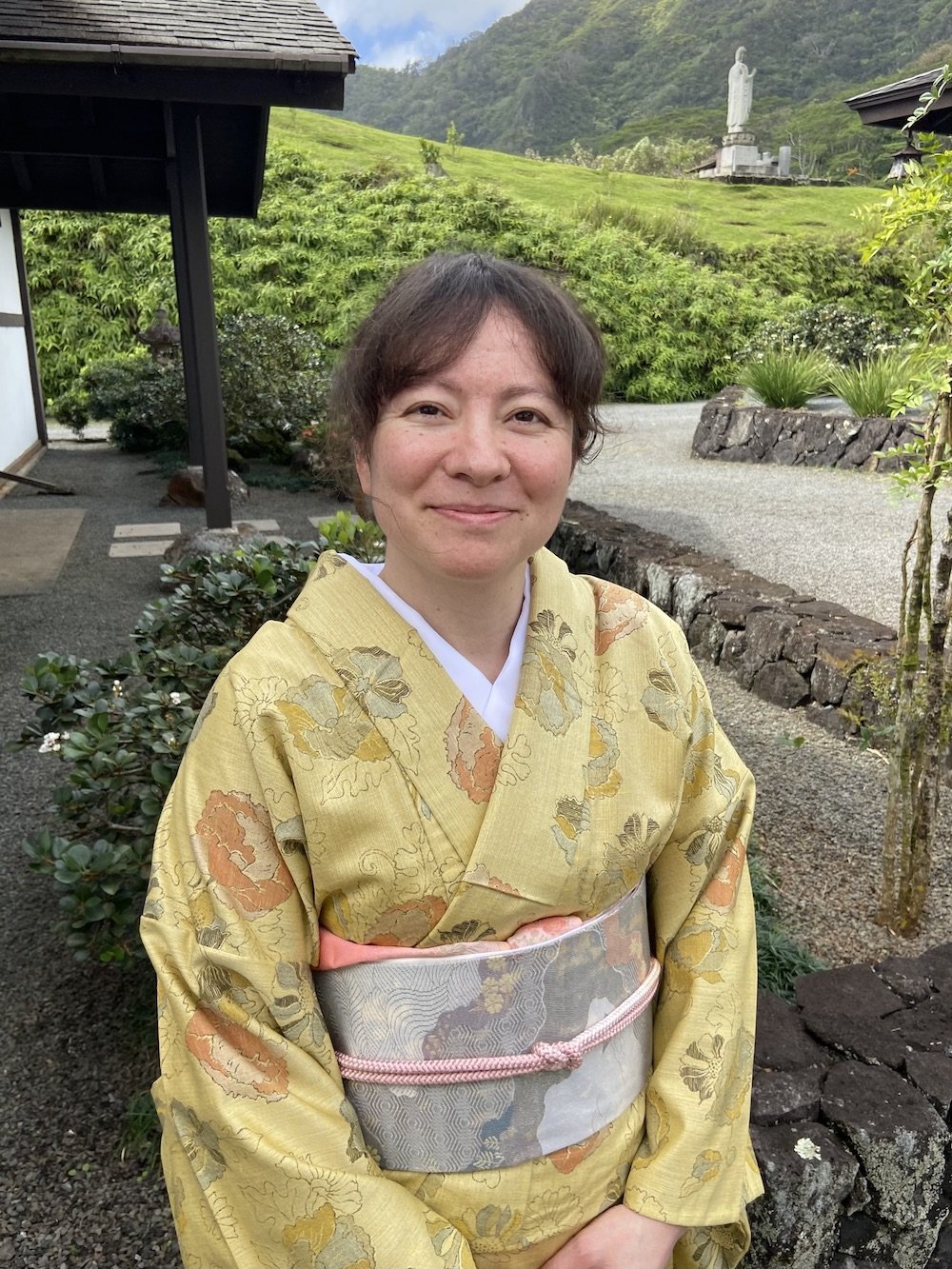



We need to train to see through the noise. To find our own center and our own way. To not completely unravel or disengage. But, how do we stay engaged?